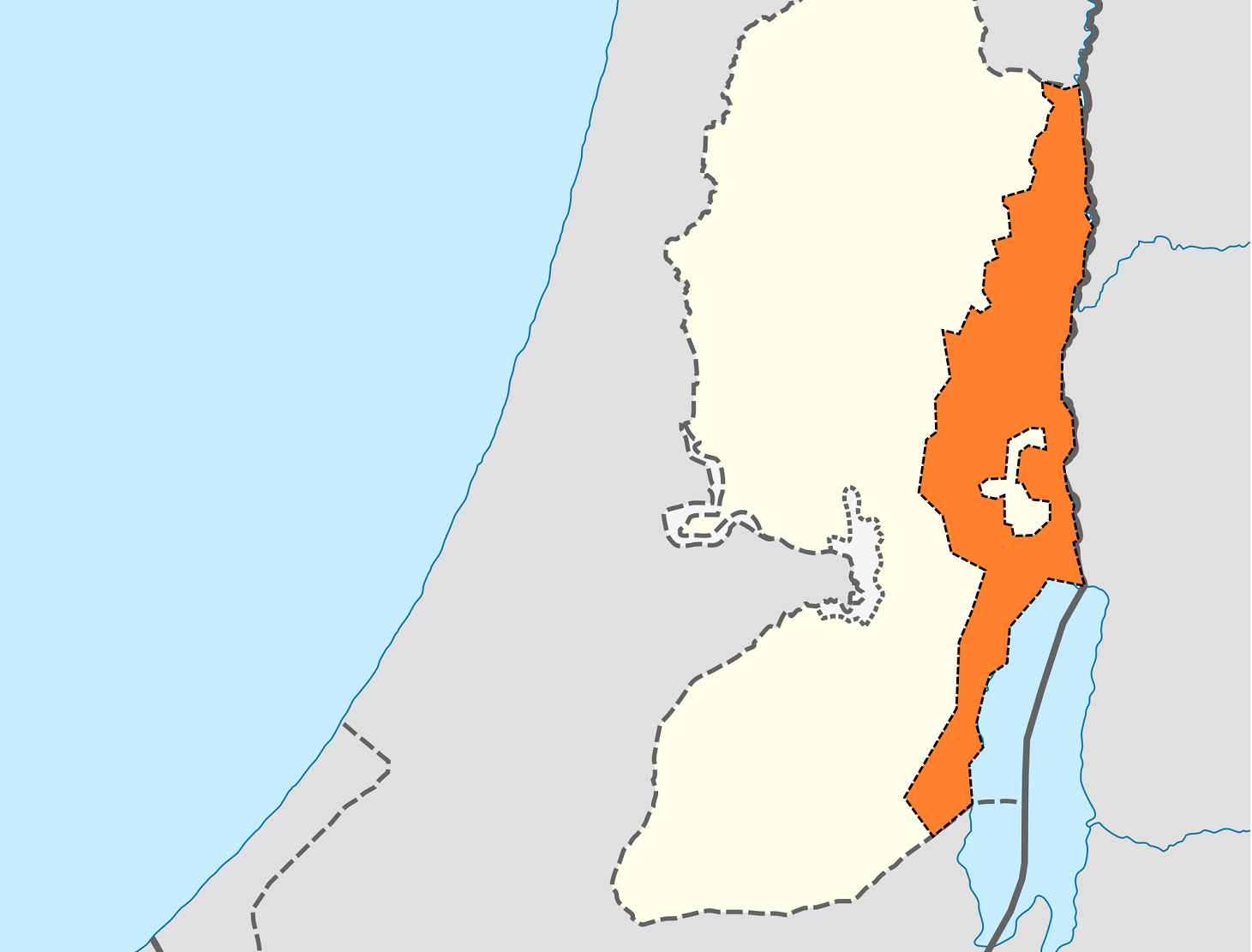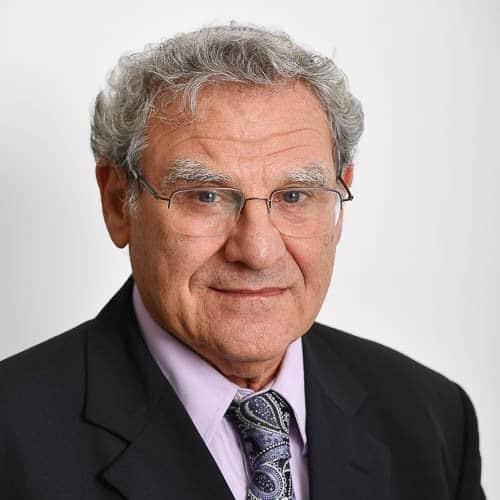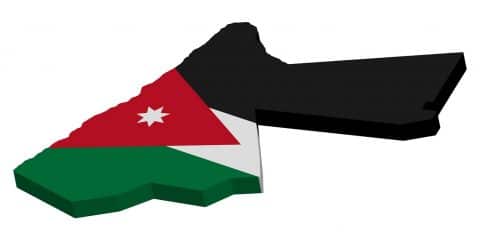ההכרזה של רוה”מ נתניהו על כוונתו לספח את בקעת הירדן, גרמה לביקורת רבה גם מבית. המבקרים מתעלמים מהתנודתיות של המזה”ת והצורך בחגורת ביטחון במזרח. אלה הסיבות מדוע יש לספח את האזור האסטרטגי.
הכרזתו של ראש הממשלה, בנימין נתניהו, על כוונתו לספח את בקעת הירדן אם יבחר שוב, מעוררת תקוות כי תיושם סוף-סוף תוכנית אלון, שייחסה חשיבות אסטרטגית לבקעת הירדן. הבקעה היא חגורת הביטחון של ישראל במזרח. השליטה במעברים המועטים מאזור זה יכולה למנוע פלישה לישראל. את היתרון האסטרטגי משלים ההיבט הדמוגרפי. מעט מאוד הערבים שחיים בבקעת הירדן אינם מהווים מעמסה דמוגרפית על המדינה היהודית.
לעיתים מושמעת הטענה שישראל כבר אינה זקוקה לבקעת הירדן כמגן מפני תוקפנות מהמזרח. בבסיס הטענה עומדת ההנחה כי הסכם השלום עם ירדן הופך את האיום המסוכן של החזית המזרחית, בגלל קרבתו למרכזי האוכלוסייה והתשתיות הכלכליות של ישראל, לנחלת העבר. אולם זוהי נקודת מבט לטווח הקצר ביותר, המונעת על ידי הרצון לשכנע את דעת הקהל בישראל כי בקעת הירדן אינה שטח חיוני עבור מדינת ישראל. השקפה כזו מתעלמת מהפוטנציאל העצום לתהפוכות פוליטיות במזרח התיכון ואינה לוקחת בחשבון את האיום מצד אסלאמיסטים קיצוניים ומהלחצים הגוברים על השלטון ההאשמי. חוסר יציבות בירדן ובסעודיה, לצד סוריה הקיצונית, עלול להחיות את החזית המזרחית.
מצדדי מסירת בקעת הירדן לפלסטינים מזלזלים בחשיבות הטופוגרפית של השטח בשל היכולות הטכנולוגיות המסוגלות לאתר ולנטרל איומים מרחוק, אשר פוטרות את הצורך האסטרטגי בבקעה כאמצעי הגנה. אולם “מומחי אסטרטגיה” אלה מתעלמים מההיסטוריה של הטכנולוגיה הצבאית, המציגה לאורך השנים תנודתיות גבוהה בין עליונות יכולות הגנתיות לבין התקפיות. התפיסה שהטכנולוגיה של ימינו, שאכן מפחיתה לטווח הקצר את חשיבות הטופוגרפיה, תישאר ללא מענה מהווה כשל אסטרטגי מסוכנן.
התבססות על קווי הגנה יציבים, הנשענים על יכולות טכנולוגיות מתקדמות, מצד אחד, והתעלמות ממציאות פוליטית לא יציבה, היא תפיסה אסטרטגית שגויה מיסודה. אם ישראל רוצה לשמור על גבולות ברי הגנה בבקעה, היא גם צריכה לדאוג לאבטחת הכביש מהחוף לבקעת הירדן, דרך ירושלים מאוחדת ומעלה אדומים.
הנסיבות הפוליטיות נראות כרגע בשלות להחלטה ישראלית על סיפוחה של בקעת הירדן. זאת על רקע המשא ומתן המתמשך שאינו מוביל לשום מקום וההסכמה הכמעט גורפת בישראל כי התנועה הלאומית הפלסטינית אינה בשלה לפשרה היסטורית עם המדינה היהודית. יתר על כן, קיים קונסנזוס רחב בקרב הישראלים כי בקעת הירדן היא חשובה מבחינה אסטרטגית, ולכן עליה להישאר חלק משטחה של ישראל.
מן הראוי להזכיר את ההבטחה משנת 2004 מצד נשיא ארה”ב דאז, ג’ורג בוש, לשילוב גושי ההתיישבות. נראה כי גם הנשיא טראמפ מצדד בשינויים טריטוריאליים בעקבות העובדות בשטח. ניתן להרחיב את הריבונות הישראלית בתיאום עם הממשל. יתרה מזאת, ניתן לשכנע את האמריקנים ליצר את הרצף הטריטוריאלי בין מעלה אדומים לירושלים בהתבסס על חזון אסטרטגי ברור המושתת על בסיס עיקרון הפשרה הטריטוריאלית.
בעוד היגיון יישוב ארץ ישראל, ללא אבחנה מה חשוב אסטרטגית, אינו משכנע חלקים רבים בקרב הישראלים, ניתן ליישם מדיניות התנחלות בררנית המתמקדת באזורים שבקונצנזוס הישראלי, כולל מעלה אדומים ובקעת הירדן, עם מעט התערבות זרה. יש ליישם מדיניות זו תוך פינוי מאחזים בלתי חוקיים ואף הקפאה הדרגתית בהקצאות להתנחלויות המבודדות. מדיניות כזו משקפת את העדפותיה של מרביתה של החברה הישראלית.
פורסם ב-ישראל דיפנס 13.09.2019
סדרת הפרסומים “ניירות עמדה” מטעם המכון מתפרסמת הודות לנדיבותה של משפחת גרג רוסהנדלר.
תמונה: [Created by Nice4What. Adapted from map created by NordNordWest. [CC BY-SA 3.0










 - בניית אתרים
- בניית אתרים